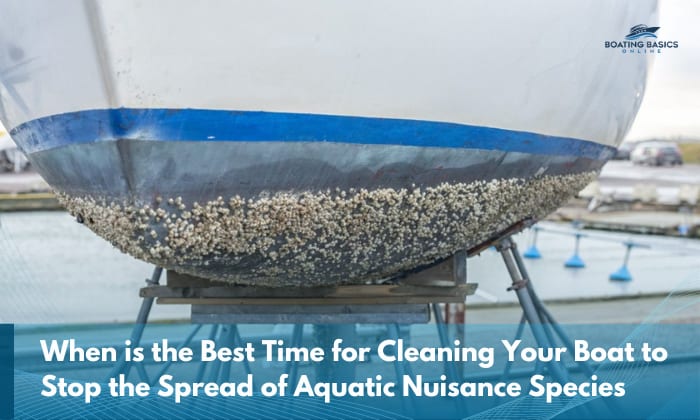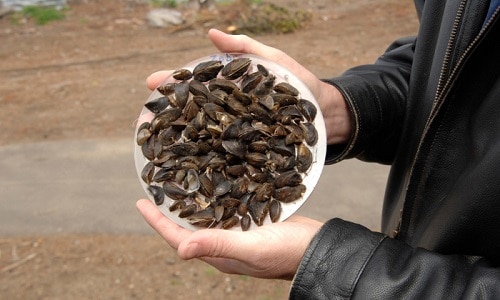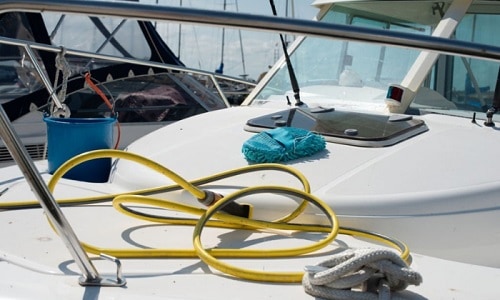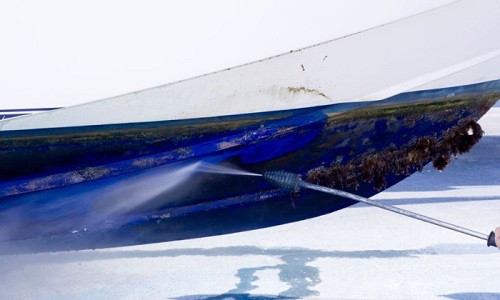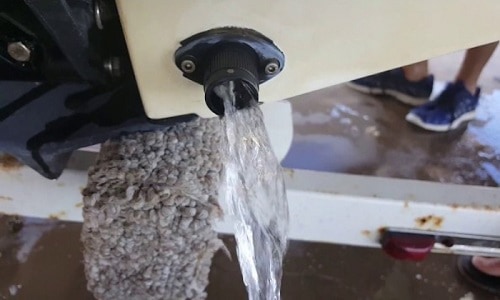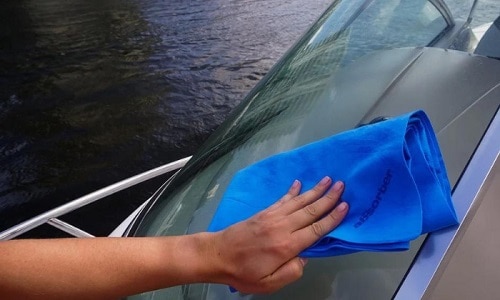As boaters, we share a deep connection with the water, relishing every moment spent on our vessels. Whether you’re exploring serene lakes or winding rivers, these experiences hold a unique charm.
But here’s a question we all need to address – when is the best time for cleaning your boat to stop the spread of aquatic nuisance species?
The simplest answer is you should clean it every time you take it out of the water. I’ll explain why this should be a habit as follows.
Table of Contents
Clean Your Boat Once It’s Up on the Trailer
I always make it a point to remind this to every newbie boater I encounter, as it’s a proactive approach that serves both practical and environmental purposes. You hit two birds with one stone, in short, and here’s why:
1. Prevents the spread of aquatic nuisance species (ANS)
Aquatic nuisance species control could not be more important considering that there are more than a handful of invasive species your local waterways may be subjected to.
Some common species include the Brazilian Elodea, Parrotfeather Milfoil, Water Hyacinth, Eurasian Watermilfoil, Hydrilla, Zebra Mussels, among others.
Unless you prevent the spread of these nuisance species, they’ll likely disrupt the delicate balance of aquatic life and outcompete all the local species.
2. Protects the local biodiversity
Prevention is the way for protection. In this case, prevention means cleaning your boat promptly and thoroughly. After all, you effectively remove all the possible foreign species that may have clung to your boat.
3. Sets an example for other boaters to follow
Doing the right thing pays off, one or another. In fact, my fellow older and more experienced boaters actually served as my first source of inspiration for prioritizing a culture of environmental responsibility within my immediate community.
I wholeheartedly believe that this applies to any locale.
Best practices for boat cleaning to prevent ANS
Now that you know the best time and why you should be adopting the practice, it’s time to know the exact steps that you should take should you be transporting your vessel from one waterway to another.
1. Get the correct cleaning tools and thoroughly inspect the boat
Go for tools you can use to give your boat a good washdown. These can be a pressure washer, a stiff brush, a hose, eco-friendly cleaning products, and a bucket.
Even before cleaning, take the time to inspect the entire boat. Look for signs of aquatic flora and fauna that may be clinging to the hull, motor, trailer, and other equipment. And it’s best to use hot water (about 120°F) on them. Don’t miss hidden areas like the prop and live wells.
2. Remove the debris
Use the brush to scrub away anything attached to the boat. Or, alternatively, you can use the pressure washer to blast the more stubborn and smaller debris away. It’s your choice.
Here’s a visual demo of how effective a pressure washer is:
3. Drain all the water from the boat
Don’t leave stagnant in your boat. Prime areas for invasive species to survive because of this are the bilge, live well, hull, scuba tanks, and even the motor.
4. Clean then allow everything to dry
Once you’ve taken all the water out, use hot water to do a more complete cleanup of your boat. You may need to pressure wash the hull, motor, and all the gear exposed to the water as well. Don’t forget to clean the prop and the bottom of the hull!
Don’t look further than this video to know the type of cleaning you should be doing:
Conclusion
In the end, seamanship will always be tied to environmental stewardship.
Now that you know the answer to “When is the best time for cleaning your boat to stop the spread of aquatic nuisance species?”, you should be able to confidently say that you’ve raised your seamanship level up a notch.
Of course, the only way to prove that is to make a habit out of the pointers I’ve shared here.

“My intention from the first day establishing Boating Basics Online is to provide as much help as possible for boaters who want to experience a first safe and convenient trip. So feel free to join us and share your beautiful journeys to the sea!”

